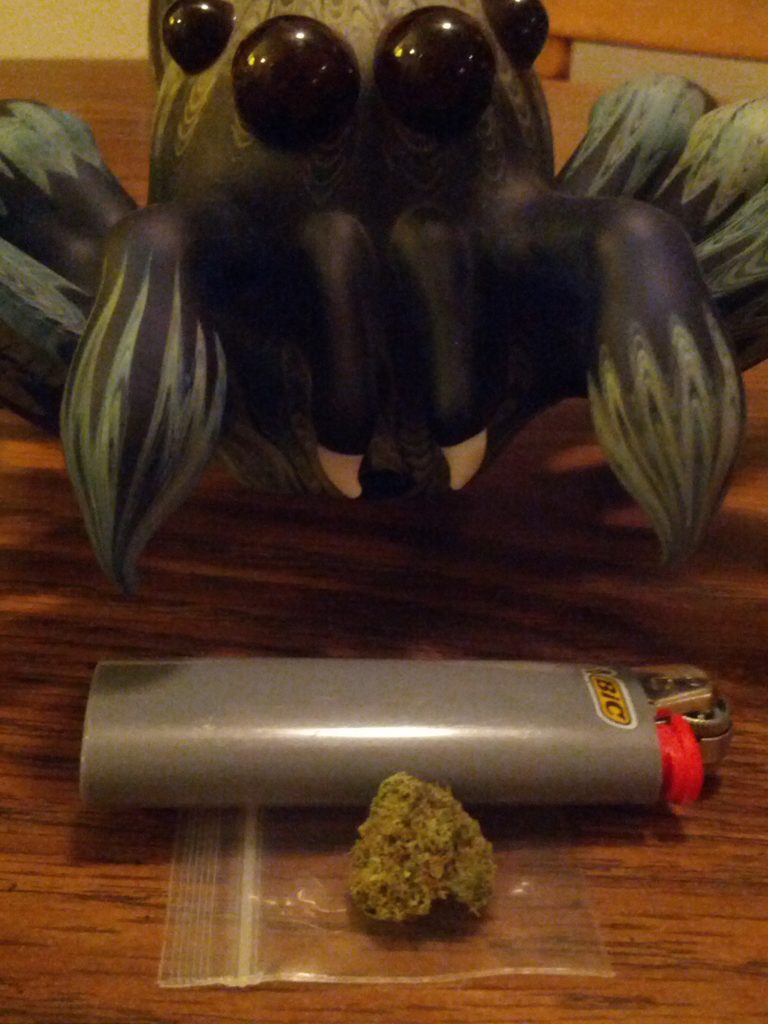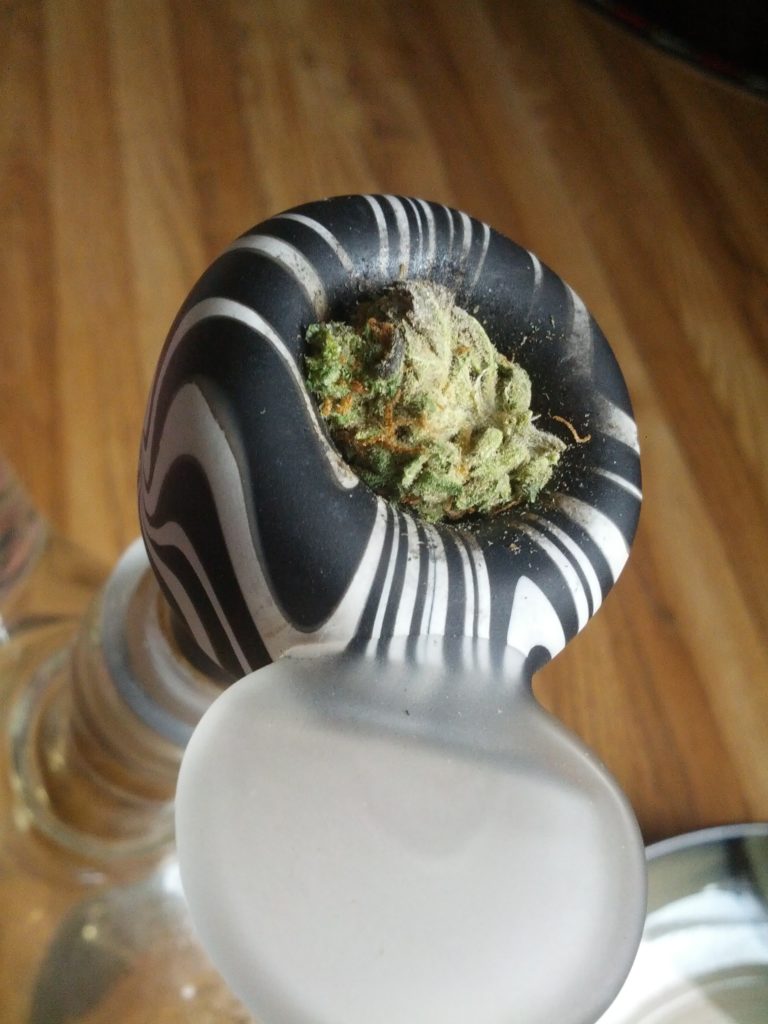Marijuana has been called a gateway drug for over 80 years.
The battle lines were drawn long before anyone currently driving the gateway debate had assumed power. Political figures have demonized cannabis and those who consume it for almost a century and worked to create a massive industrial prison complex designed to harvest people. Low income and minority people have borne the brunt of the assault.
Americans have been tricked into accepting the most ridiculous claims about cannabis and a whole generation of people have grown up behind bars because of it. Politicians have used slippery speech to sway public opinion and outright changed the law in order to suite their desires for decades. When Reagan and Clinton enacted laws that put more people in jail than the Romans had slaves.
Larry Anslinger didn’t care about how many would suffer without the healing properties of cannabis, he was motivated by an zealous hatred for the plant to create the movie Reefer Madness. President Nixon was motivated by a religious desire to punish people regardless of what his own investigators proved. Reagan had no mercy for people caught in the crossfire when he enacted draconian mandatory punishments for minor drug infractions.
We stand at the dawn of a new era of American drug policy.
Despite an abundance of empirical evidence about the medical benefit of cannabis from reputable medical professionals from the Shafer Commission to Sanjay Gupta, it remains a schedule 1 controlled substance. This classifies weed as having “no medical benefits” and creates massive hurdles for scientists and doctors looking to research cannabis. It also puts it in the same medical category as heroin.
With the rise of Trump and the appointment of Jeff Sessions to Attorney General, the entire industry is bracing for another impact. Part of the collective wince comes from the evasive actions of top officials on the matter through election season. Instead of giving clear messages about how they plan to pursue policy, government officials are as vague as possible about how they plan to pursue policy.
This evasive attitude has made many wary of the how the Trump Administration plans to deal with cannabis. Statements in the past by Jeff Sessions like “Good people don’t smoke marijuana.” and his past issues of discriminatory prosecution during the Civil Rights movement has helped to stir up old debates.

The debate surrounding legalizing marijuana has resurrected the Gateway Theory.
This theory presumes that experimenting with marijuana inevitably results in the use of harder drugs like cocaine, heroin and methamphetamine. Until recently, the DEA website contained dozens of lies and inaccuracies and it begrudgingly changed them only after being threatened with legal action.
Many people don’t know that it is illegal for federal agencies to spread incorrect information. Yet when it comes to cannabis, the Drug Enforcement Administration (DEA) has been doing it for years. In less than a month, a petition from Change.org calling on the DEA by a to stop lying about medical cannabis received 85,000+ signatures.
The petition was started by Americans for Safe Access (ASA), a nonprofit organization working to increase access to medical cannabis. “The DEA has actually admitted that the theories that cannabis use leads to harder drugs (gateway theory), long-term brain damage, psychosis, and other alleged harms, are not based in scientific fact, and yet they keep distributing this false information”, says ASA. “[W]e have found 25 instances of these false claims on their website.”

The petition for updated information was direct and their arguments were air-tight.
The group argued that the document previously known as “The Dangers and Consequences of Marijuana Abuse,” had a few inaccurate claims about cannabis. They showed how the page was in violation of the Information Quality Act which requires that administrative agencies provide accurate information to the public. The DEA also had to respond to requests for correction of information within 60 days.
A separate petition was filed by the Department of Justice demanding that the DEA immediately update misinformation about cannabis. While neither the DEA nor the DOJ responded to ASA’s request, the document which contained the majority of the inaccurate statements was removed from their website.
But the governement is made up of more people than ever before. There is a lot of room for competing ideologies and goals to play out. A key observation of the Shafer Commission is that many of the risks of drug use are the result of drug policy/enforcement rather than from the drugs themselves.

The “gateway drug” stigma refuses to die.
A prime example of how this stigma presents itself is New York governor Andrew Cuomo. He wants to keep cannabis illegal in New York State because it “leads to other drugs and there’s a lot of truth to proof that that’s true.” He holds this view despite the results of a major study on medical marijuana conducted by the venerable Institute of Medicine, which included an examination of marijuana’s potential to lead to abusing other drugs.
The study found that “There is no conclusive evidence that the drug effects of marijuana are causally linked to the subsequent abuse of other illicit drugs.” Even the DEA has gone on record to say “Little evidence supports the hypothesis that initiation of marijuana use leads to an abuse disorder with other illicit substances,” while refusing to reschedule cannabis in August of 2016.
The continuing stigma prevents meaningful reform of marijuana laws by perpetuating harmful misinformation. A Rasmussen poll found that a large percentage of Americans believe the gateway argument. Nearly half of voters (46%) believed marijuana use leads to harder drugs. Thirty-seven percent (37%) did not see marijuana as a “gateway” drug.

Patterns in progression of drug use are strikingly regular.
Because it is the most widely used illicit drug, marijuana is predictably the first illicit drug most people come across. Not surprisingly, most users of other illicit drugs used marijuana before the harder stuff. In fact, most adult users begin with alcohol and nicotine long before moving on to cannabis and other illicit drugs.
In 2006, the University of Pittsburgh released a thorough study which researchers spent 12 years putting together. They tracked a group of subjects from adolescence into adulthood and documented the initiation and progression of their drug use. The researchers reported that the gateway theory was not only wrong, but also detrimental to properly understanding and addressing drug abuse.
The myth of the Gateway effect needs to be put to rest once and for all. The more research that is conducted the clearer it becomes that cannabis use does not lead to abuse of other drugs. Some promising research has also shown that cannabis can actually help people kick the other stuff like heroine. As more and more states legalize medical and recreational marijuana, it is more important than ever to put the gateway myth to rest. Thanks for reading.










